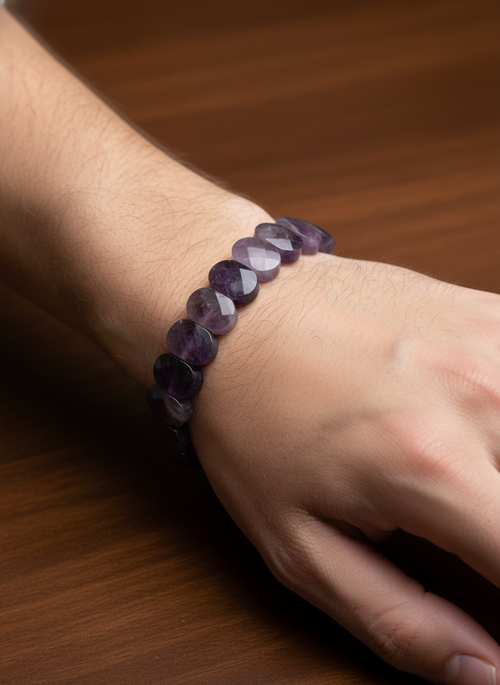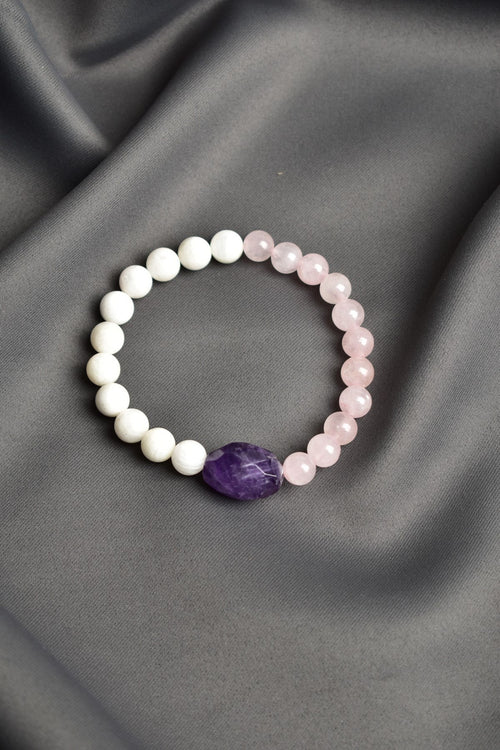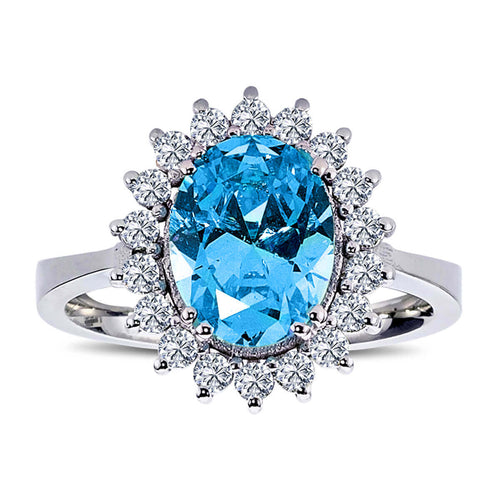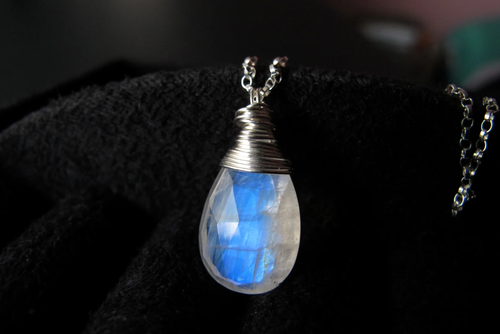ALL PRODUCTS IGSL INTERNATIONAL CERTIFIED
Natural stones used in historical artifacts were chosen for their aesthetic and durability properties and were used by various civilizations in architectural structures, sculptures, jewelry and ornaments. Here are some important natural stones commonly used in historical artifacts:
1. Marble
- Areas of Use: Marble is one of the most used stones in both architectural structures and sculpture since ancient times. It was widely used in Roman and Greek architecture, temples, palaces and monuments.
-
Important Examples:
- Parthenon (Athens, Greece): The Parthenon was built with white marble quarried from Mount Pentelicon.
- Taj Mahal (Agra, India): Taj Mahal is one of the most famous structures made of white marble.
- Michelangelo's "David" Statue: This statue is carved from a single piece of marble and is among the masterpieces of Renaissance art.
2. Granite
- Areas of Use: Granite has been a preferred stone in large structures and monuments due to its durability. It was used in pyramids, obelisks and temples in ancient Egypt.
-
Important Examples:
- Pyramids of Giza (Egypt): Granite was used in the pyramids at Giza, especially in the interior structures of the pyramids.
- Luxor Temple (Egypt): Granite columns and statues are common in this temple.
- Washington Monument (USA): Granite is one of the main stones used in this monument.
3. Travertine
- Areas of Use: Travertine was widely used during the Roman Empire, especially in amphitheatres and baths.
-
Important Examples:
- Colosseum (Rome, Italy): Much of the Colosseum is made of travertine.
- Pamukkale (Turkey): Pamukkale is famous for its travertine terraces associated with the ancient city of Hierapolis.
4. Limestone
- Areas of Use: Limestone has been used for building stones, statues and monuments since ancient times due to its easy workability and durability.
-
Important Examples:
- Great Pyramid (Giza, Egypt): The Pyramids of Giza are famous for their exterior cladding made of limestone.
- Lincoln Memorial (Washington, USA): The monument is made of Indiana limestone.
- Notre-Dame Cathedral (Paris, France): This cathedral is constructed largely of limestone.
5. Onyx
- Areas of Use: Onyx has been used especially in decorative elements and ornaments. When cut into thin layers, its light-permeable structure provides an aesthetic feature in interior spaces.
-
Important Examples:
- Hagia Sophia (Istanbul, Turkey): Onyx was used in interior decorations.
- Roman Villas: Onyx vases and ornaments were common in ancient Rome.
6. Jade
- Areas of Use: Jade has been used in making statues, jewelry, ceremonial objects and weapons, especially in East Asia, China and Mesoamerica.
-
Important Examples:
- Chinese Imperial Tombs: Precious objects made of jade have been found in the tombs of emperors.
- Olmec Culture (Mexico): Jade was used by the Olmec to make masks and figurines.
7. Lapis Lazuli
- Uses: Lapis lazuli was used as a precious stone in jewelry, decorative objects and ceremonial masks in ancient Egypt, Mesopotamia and Central Asia.
-
Important Examples:
- Tomb of Tutankhamun (Egypt): Lapis lazuli was used in the burial mask of Pharaoh Tutankhamun.
- Monument of Inanna, the Sky King (Mesopotamia): These works contain lapis lazuli decorations.
8. Malachite
- Uses: Malachite has been used in ornaments, sculptures and architectural decoration due to its rich green colors.
-
Important Examples:
- Kazan Cathedral (St. Petersburg, Russia): Malachite columns were used in the interior decoration of the cathedral.
- Ancient Egypt: Malachite was used both in jewelry making and as a dye.
9. Alabaster
- Areas of Use: Since alabaster is a soft and easily workable stone, it has been used in sculptures, decorations and sarcophagus making.
-
Important Examples:
- Ancient Egyptian Sarcophagi: Alabaster sarcophagi were found in the tombs of the pharaohs.
- Renaissance Sculptures: Alabaster was frequently used by sculptors during the Renaissance.
10. Porphyry
- Areas of Use: Porphyry was used in monuments, sarcophagi and columns by emperors in ancient Roman times.
-
Important Examples:
- Roman Imperial Palaces: Porphyry was used for the sarcophagi and columns of Roman Emperors.
- Monuments of Constantine: Porphyry stones were used in some monuments in Rome.
11. Serpentine
- Areas of Use: Serpentine was used in columns, statues and floor coverings, especially in ancient Rome and Greece.
-
Important Examples:
- Church of the Holy Faces (Venice, Italy): Contains decorative elements made of serpentine stone.
- Byzantine Empire: Serpentine stones were used for decorative purposes in Byzantine palaces.
Conclusion
Natural stones used in historical monuments were chosen to ensure both the durability of the structures and to add aesthetic beauty. Marble, granite, travertine, onyx, jade, lapis lazuli and other stones have survived to the present day as part of the artistic and architectural richness of ancient civilizations. These stones represent the cultural and artistic heritage of the past and still inspire great admiration today.



























